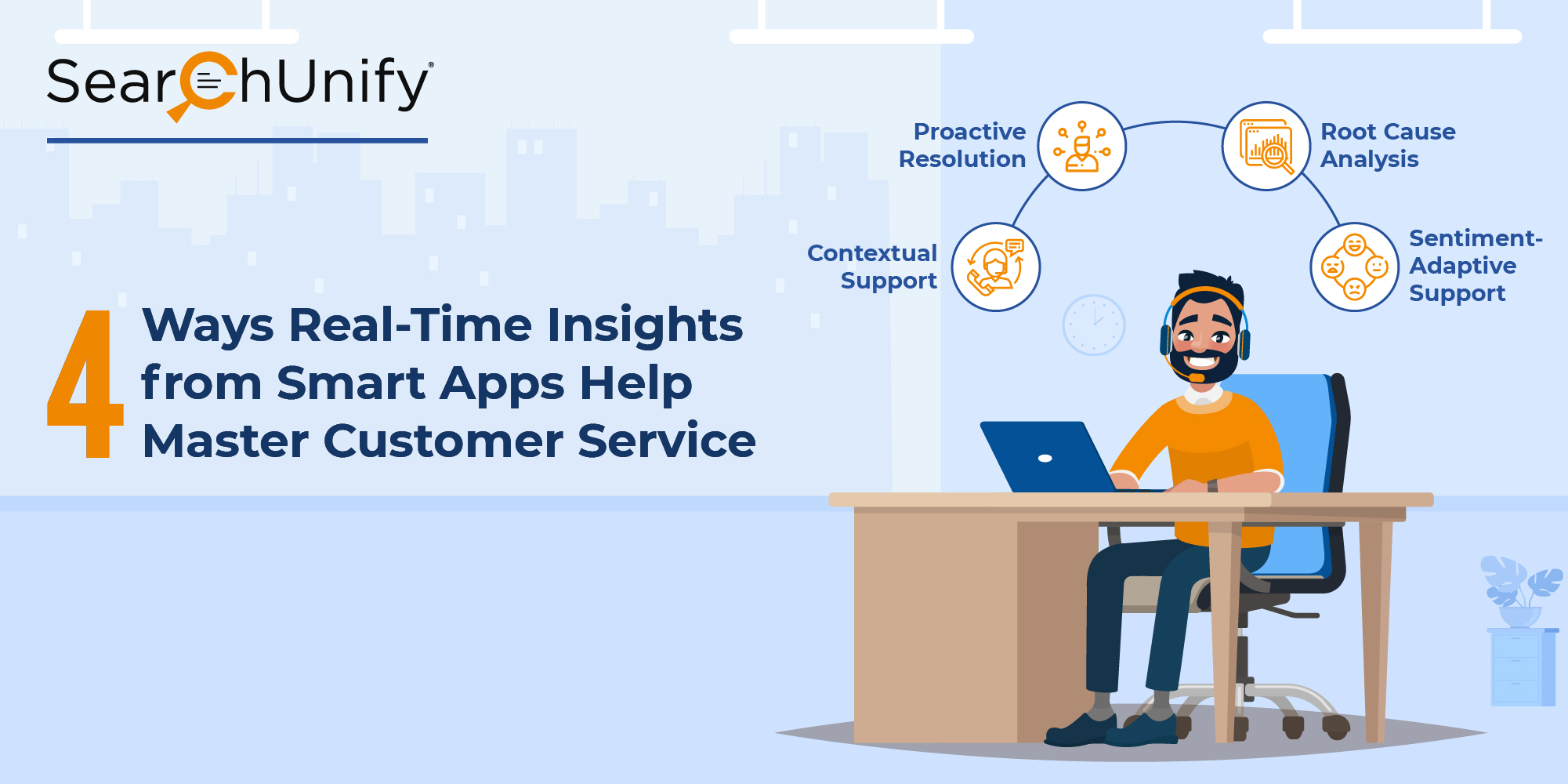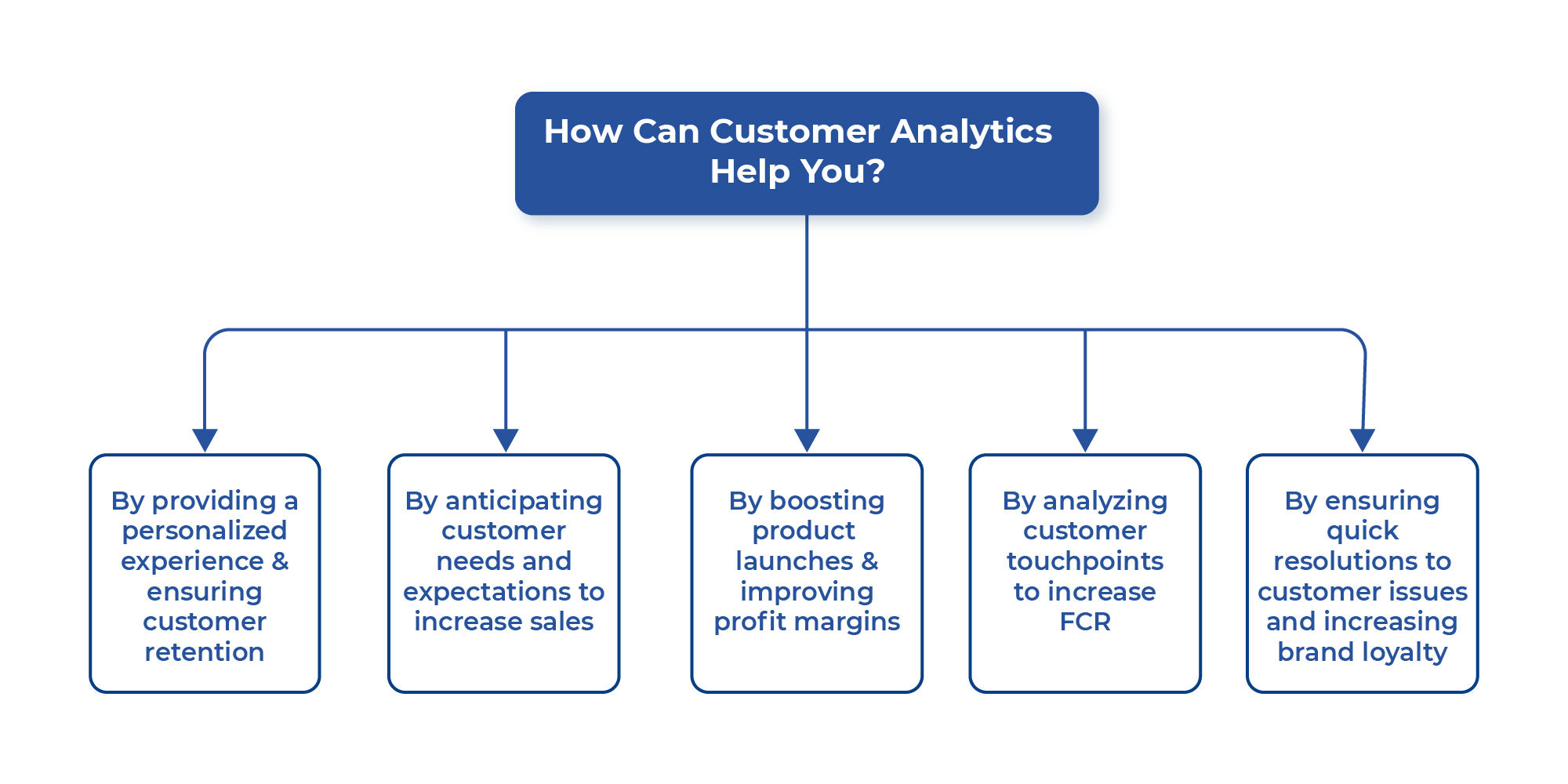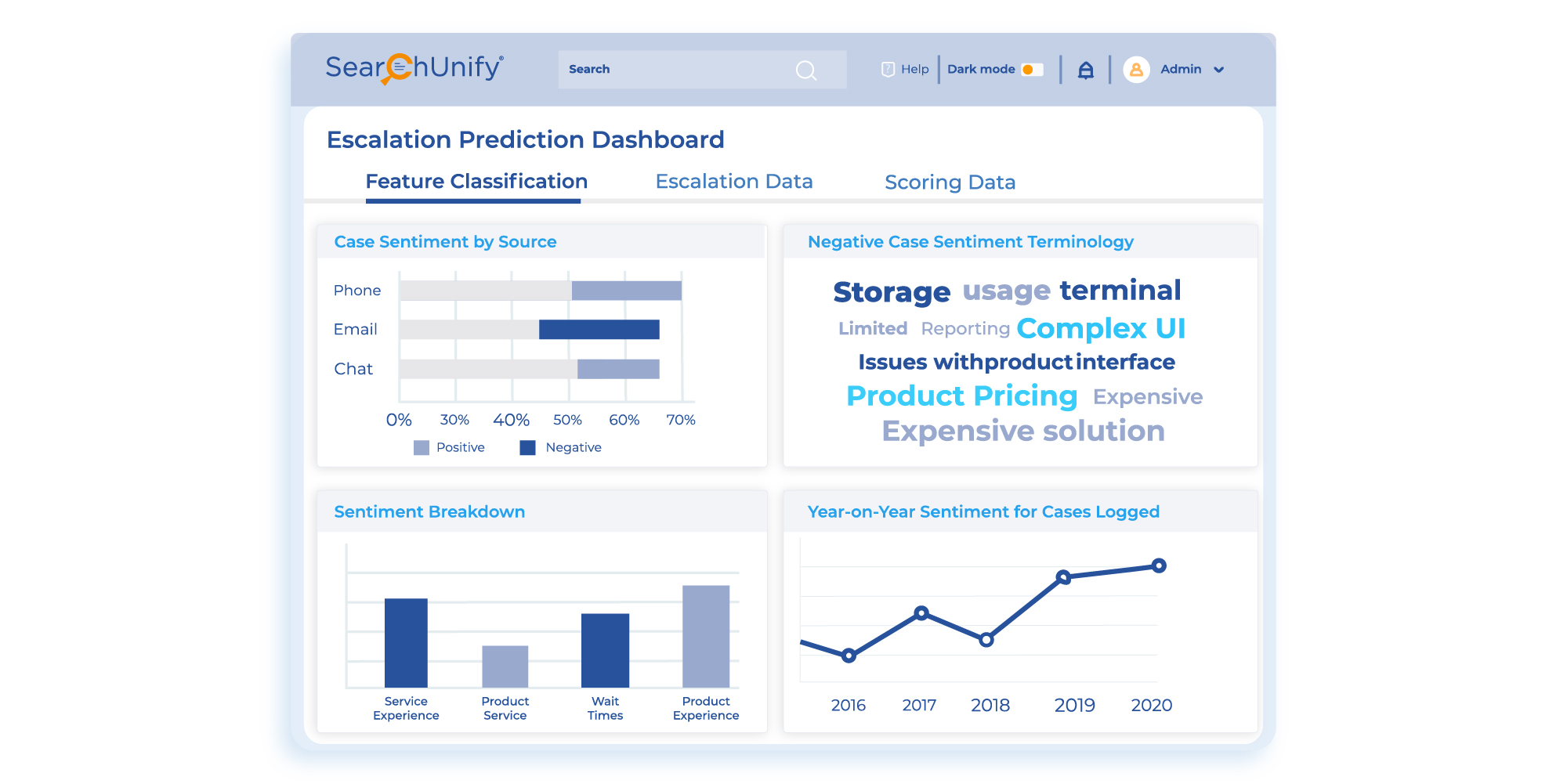
Customers today are more aware and empowered than ever before. Driving efficiency and creating a positive customer experience is only possible if you have a bird’s-eye view of your customer’s journey. The key to providing a stellar CX is personalization because one-service-doesn’t-fit-all.
Technologies like intelligent applications, automation, etc have seen a widespread adoption to improve customer experience in general. One such technological force riding high on its success is customer service analytics. It involves gathering and analyzing historical data together with current customer metrics to get actionable insights. This data allows you to design better support experiences in real-time. But how can you do that? This blog post explains.
How is Real-Time Analytics Changing the CX Game?
To keep up with emerging trends, firms are reinventing standard business architecture. The first step is understanding users in real-time to determine how they are interacting with your brand and what measures can be taken to improve CX, which leads to improved customer satisfaction, brand loyalty, and advocacy. How intelligent, real-time analytics is transforming customer service, this diagrammatic representation elucidates:

Role of Intelligent Applications in Delivering Personalized Support CX
Crafting an effortless customer experience does not happen overnight. A good starting point can be creating a vision for the type of experience you wish to deliver. Thereafter, align your support strategy with support applications and then make efforts in the same direction.
That said, how can you close the gap between the kind of support service a customer expects and what are they receiving? This is exactly where customer service analytics comes into play. Use these 4 simple steps to get a clear and real-time understanding of your customers:
1. Consider Real-time Customer Data in Context to Historical Data
Your organization already has a wealth of valuable data from past experiences and other CX tools. Adding to that, new data enters the system regularly. But what is the point of hoarding such data if it fails to give insights on the real-time intent of customer sentiments and feelings? Simply put, an agent’s response to a distressed consumer calling in to complain for the first time would be different as opposed to the consumer who has called in multiple times to report the same issue in the previous month.
The need of the hour is a technology that provides a hawk-eyed view of the customer journey. SearchUnify’s Agent Helper, an AI-powered app, rummages through historical data to create a log of users’ sessions prior to case creation. This way agents offer relevant solutions right off the bat instead of repeating what customers have already tried, thus improving customer satisfaction and reducing turnaround time.

2. Deal with Customer Complaints Proactively
According to Social Media Research, 42% of Consumers Complaining on Social Media Expect 60 Minute Response Time.
In a world dominated by social media marketing and the need for seamless CX, it is imperative for businesses to equip themselves with processes that respond to and fix customer complaints fast, really fast. Brands need to seize the moment and proactively address user issues to convert such complaints into customer satisfaction opportunities. Here again, we recommend using an integrated solution that anticipates escalations in real-time by using predictive analytics.
Escalation Predictor is an AI-powered app by SearchUnify that performs situational analysis on the available complaint data. It leverages ML to identify cases that are likely to escalate and give valuable insights into the same to support staff for effective escalation management. Then, it facilitates intelligent triaging to connect the customers with the most appropriate agent instantly. Hence, by routing the call to the best agents with expertise on the reported issue, Escalation Predictor effectively minimizes the average time taken to resolve cases.

3. Analyze User Sentiment to Elevate CX
Sentiment analysis goes beyond the surface and enables you to ‘hear’ warning signs on the basis of CX and the keywords used by users. This automated process determines whether the data is neutral, positive, or negative. Using sentiment analysis, you can gauge brand sentiment on multiple platforms to discover if your customers are happy with your customer service and pricing policy. If not, you could quickly address the issues of disgruntled customers to improve the CX on the whole.
According to Gartner, machine learning, natural-language understanding, and natural-language processing can help analyze customer sentiment and customer feedback at scale.
Today, users expect organizations to go beyond past outcomes and come up with new ways to meet their future needs. This is where predictive analytics comes into play. It provides real-time insights to identify user behavior or patterns using historical data. Now is the time when companies can seize the moment and anticipate the next move of the customer, then seize that opportunity to improve CX.
The question is how do you adopt these practices? Use Escalation Predictor by SearchUnify to future-proof all your support strategies. This app powers smart analysis of case signals to predict customer sentiments and allows the agents to curate a positive customer experience.

4. Update KB by Determining the Common Pain Points from Support Tickets
Creating your own KB or updating the existing one can be a daunting task. It needs to cover topics that bring maximum value to most customers. The best place to start is by analyzing your ticket data. Support tickets are an invaluable source of information through which you can determine the most common pain points along with customer expectations. However, very few firms are cashing in on this information.
Fortunately, smart apps can ensure that you are not one of them. When all your support tickets’ data is stored in one manageable place, it’s easier for support teams to proactively find solutions within a decent time frame. Moreover, identifying the most common issues and pain points can help businesses zero in on areas that need improvement. Attain this and your business will be well on its way to higher levels of customer satisfaction, thus ensuring a recurring revenue stream.
The Bottomline
In summary, intelligent applications act as a major differentiating factor in delivering personalized customer service across all channels. Organizations can significantly leverage the value offered by AI-powered apps to elevate their CX and as a result, drive more customer loyalty.
Are you also looking for ways to enhance your CX and gain a competitive edge in today’s global market? Then do check out our eBook on effectively delivering a personalized customer experience.
















